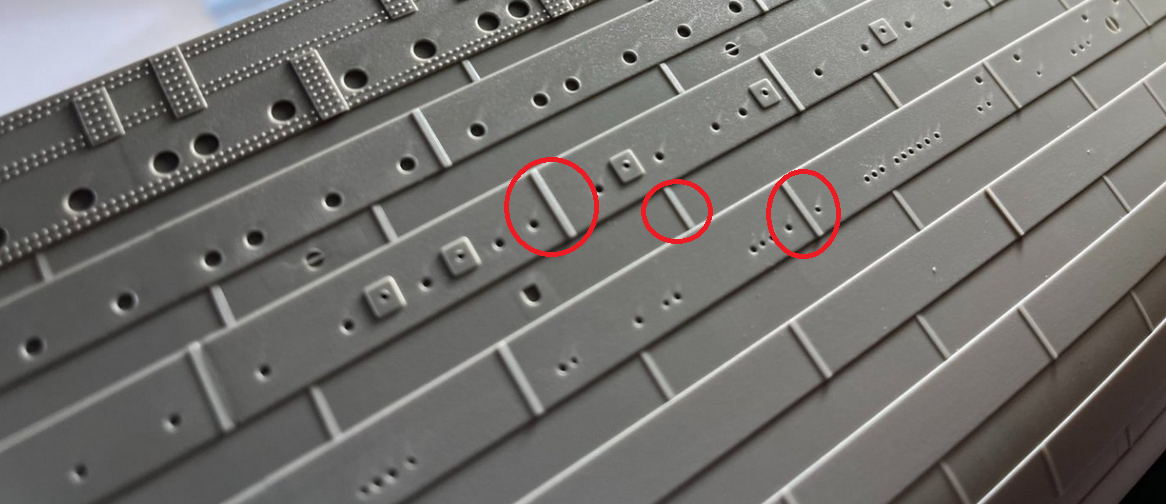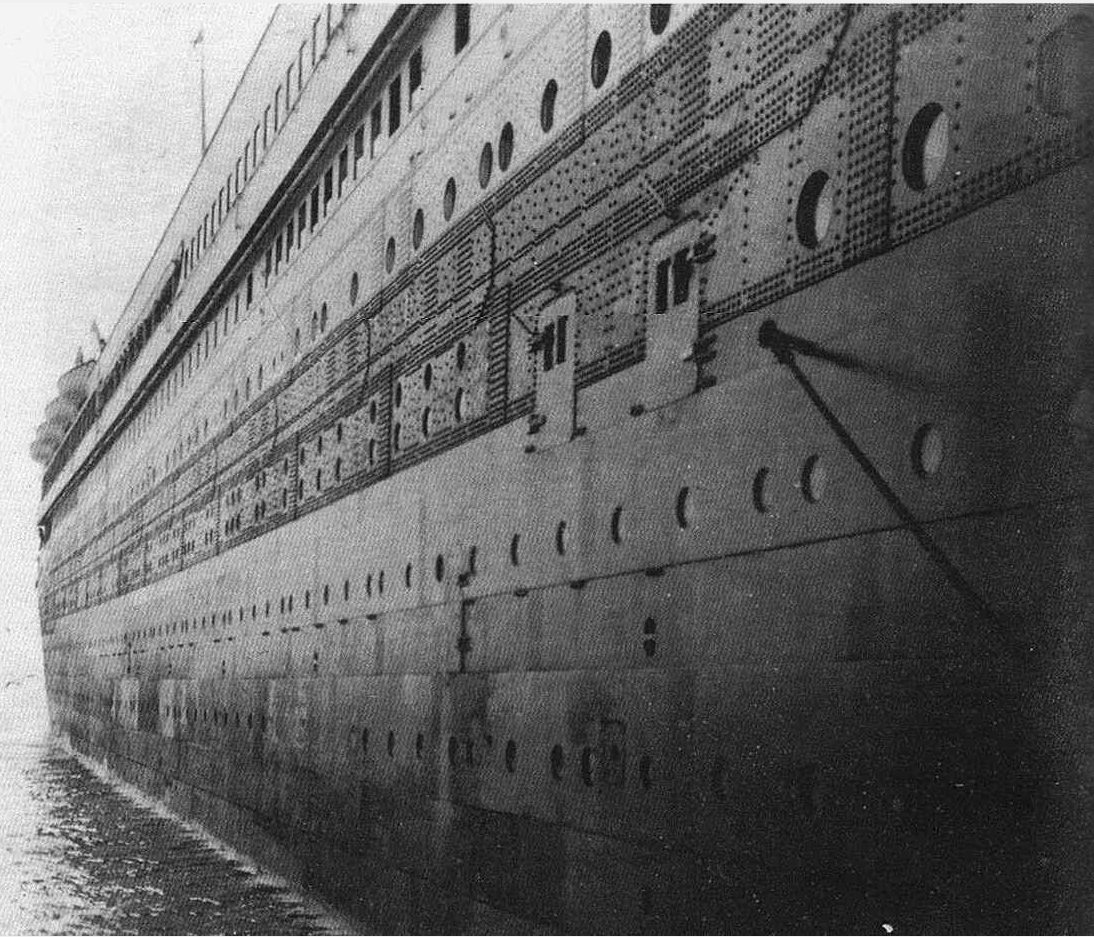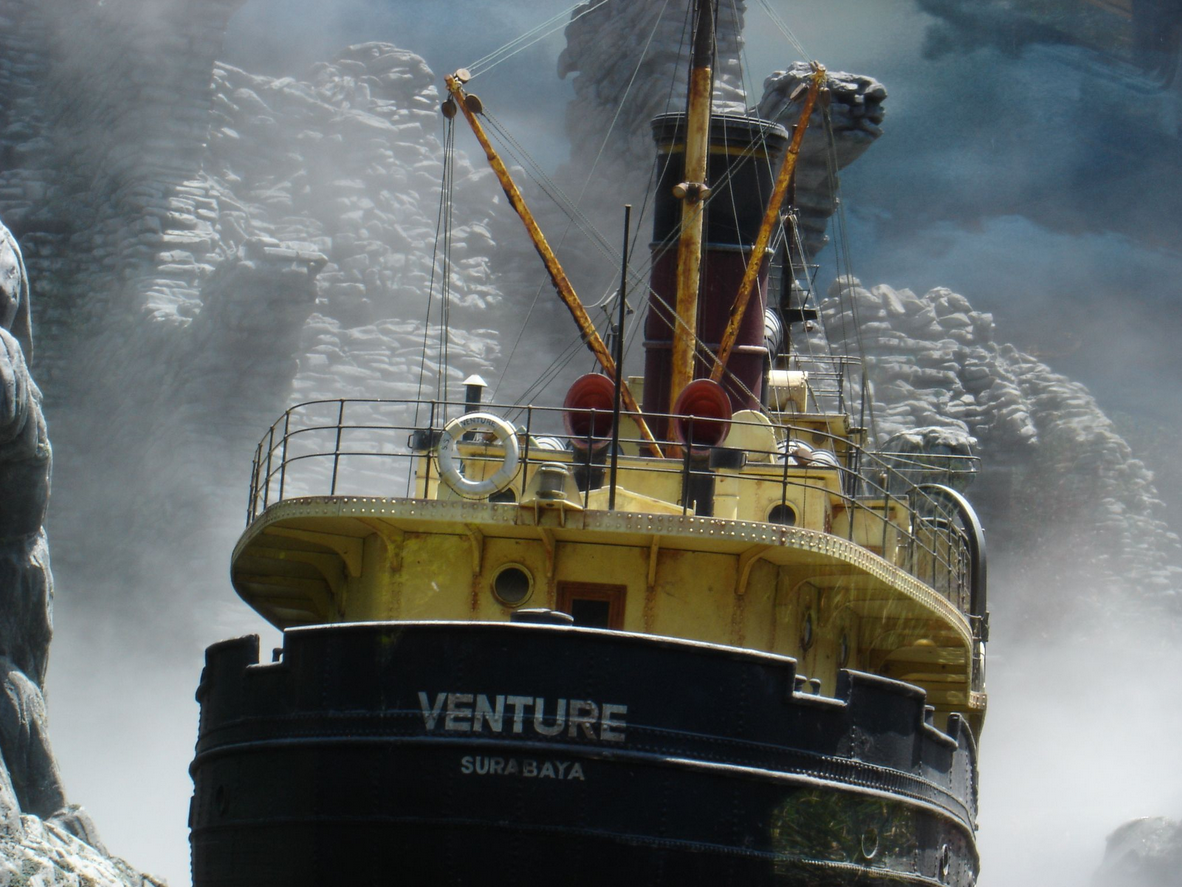-
Posts
382 -
Joined
-
Last visited
Content Type
Profiles
Forums
Gallery
Events
Posts posted by Veszett Roka
-
-
Hi Tom,
This will be a fun build, no doubt.
The hull looks good, although i found the plates a bit over-emphasized. In reality the hull was much smoother.

contra

- S-boat 55, GrandpaPhil, yvesvidal and 2 others
-
 5
5
-
-
3 hours ago, Bill97 said:
ONE YEAR ANNIVERSARY TODAY! One year ago today I started my Heller Victory. What a fun, educational, addicting, frustrating, relaxing, nerve racking, and a real pleasure it has been. Along the way I have met (digitally) many new friends from around the world. It has truly been an incredible experience. Thank you so much Modelshipworld.com for making this possible. I look forward to continuing this great experience as I move through the rest of this build and into the next. Thanks guys (all of you) for your help, encouragement, and compliments.
Congratulations Bill! An incredibly fast and accurate rendition of Victory - you've made so far better than i could do, and lightning fast, compare to my Pamir. Hats off!
-
I love the cutaway concept - such big and detailed model is crying for inside looks naturally.
-
You will install 250kg lead in the model? Thats the 500$... so wow.
I believe the difference comes because the amount of metal. They are sporting with much smaller boats, mostly around 150 cm - 1:100 scale. don't know exactly how many kilograms they need for ballast. Plus they need to pay for environmental tax too for lead.
-
such tiny holes i'm using syringe needles turned by hand - they are extremly sharp and easily go through any plastic.
-
Kev,
how rigid is the structure now? I guess it is incredibly stiff, i mean much more than we think. And the ship's side yet to install, which give the full structural strength in reality... I think your model has to avoid of bend but nothing else, although i'm a computer engineer and not a structural one so it is my rough estimation.
- Old Collingwood, thibaultron, Canute and 1 other
-
 4
4
-
5 hours ago, Richard Dunn said:
I have done some think this morning and am considering dropping the water ballast in favour for lead. I need to stiffen the ship up and need to lower the CG and I can only do this with lead as it is 11 times heavier than water for the same volume.
yes its $500 of lead but is the stability of the model worth it....YES
Richard,
here in my local shipmodeling club the RC guys use very thick copper rods as ballast: they stating that it is much cheaper than lead and easily available anywhere in the metal parts shop.
-
Simply amazing Keith. Your mini-projects are just spectacular.
A funny story: back in my sailing days we have visited a local restaurant in full drysuit and life west outfit (don't remember whether we took off our sailing gloves...). Just finished the daily regatta runs and we were so hungry after ~8 hrs of sailing, so tied down our boat and ran to eat to the nearby beach restaurant. The restaurant owner was our good friend and a former sailor too, therefore he wasn't surprised at all, but the guests (noble toffs) in the restaurant had pikachu face

-
-
-
Actually the rust looks very good. I dont think you need to darken it.
- mtaylor, Canute, Spooky spoon and 3 others
-
 6
6
-
Valeriy, next to the spare anchor those are ammunition lift doors? Seems too narrow for a man.
- mtaylor, lmagna and Keith Black
-
 2
2
-
 1
1
-
17 hours ago, Roger Pellett said:
(240 ft) built in 1908 that sailed on the Great Lakes. When lost in 1914 she had a crew of 20.
All right Roger, those points are valid. But not for this particular ship, even she need a deep sea journey to reach Kong. Just think of Thor Heyerdahl who sailed across the Pacific on a raft, so this is completely doable, although risky. Moreover, i'm doubt that boats on a far exotic islands rigorously follow the British Board of Trade regulations, i don't think they even consider this boat on the pic seaworthy. Last, the Venture in the film was registered in Surabaya, Dutch East Indies in 1930ies, now Java, Indonesia:

Do you think that the ship pictured above is 240ft long (73meters)? See the men onboard, i guess the ship is not longer than 130ft - 40m. And if the 240ft ship had 20 men, i guess the smaller one had to go on smaller, sometimes inadequate crew. No one want to sail in a floating coffin. I think the Venture could carry 20+ person on board in general, including the passengers in cargo hold.
- Edwardkenway, GrandpaPhil, mtaylor and 3 others
-
 5
5
-
 1
1
-
4 hours ago, Roger Pellett said:
crew lived in the forecastle. There would be a door from the main deck to the forecastle and probably an overhead hatch and ladder. The forecastle was heated with a coal stove that was also used for cooking.
Dunno Roger. I think these small boats like on the picture were rarely sported with 15-20 men on board, complete with 3 watch officer, engine mates etc. I think that description is based on the deepsea merchant marine fleet, not the coastal tramps.
I know that usually the crew lived in the "focslee" but i doesn't see portholes on the side of forecastle on this particular boat picture so in my theory that part is for storage only. No deck hatch either, however we do not see if access doors exists on the forecastle bulkhead.
- Keith Black, von_bednar, Edwardkenway and 2 others
-
 4
4
-
 1
1
-
50 minutes ago, von_bednar said:
Given your first hand experience in the navy I might be bothering you with some questions... like this one: looking at the picture from the movie in first post, do you think the captain's cabin would be on the first or second floor of the superstructure?
I think this ship is too small for several rooms. I'm pretty sure that behind the bridge maybe only a small chart room, but i think there is only one room on the top floor: the bridge which acts as wheelhouse and chart room. Immediately below we have many portholes, i think this is the crew's dining saloon and lavatory. Behind this cabin there are a small house, that must be the kitchen - on its top you can see the freshwater tank.
Below (now we are on the main deck) the cabins, we see the doors here. Captain's cabin must be at the front, just below the bridge and i can imagine an inner ladder to the bridge. We need a cabin for the first mate and chief engineer duo on other side. Crew should take accomadation by 4 bunks cabin, i think two will enough for 8 men (engineers, bosun, deck boss and deckhands). Need to have some storage for food: near the kitchen for canned and below deck for refrigerated food. Need some storage too for other stuff like ropes, engine parts, tools etc. I think the rear deckhouse is for the engine room (see 4 portholes on the rearhull section) and steering machine.
... and this is strictly speculation
- Peanut6, von_bednar, Edwardkenway and 3 others
-
 5
5
-
 1
1
-
-
-
-
4 hours ago, Bill Morrison said:
Thanks, Ian. My wife has recovered but I might need further surgery.
Bill
Real pirates must have some scratches Bill. Get well soon!
-
1 hour ago, Ian_Grant said:
If you would like to build a Preussen, a cheaper route is to buy a "Cap Horn" 5-mast barque kit and simply convert the jigger to square rig. This less popular kit is a made-up ship that never existed as far as I know but is otherwise identical to the kit Preussen.
Correct, they are same, the vacuum formed sails sheet still has 'Preussen' name. If intend to build Potosi, you need to add a second gaff to the jigger mast (sail plan here), as the kit has only one, but Potosi had double. You can check out the Cap Horn kit here. Pity, 100Eur still.

-
-
-
Forgive me, i'm a newbie in RC scene. Ok then, why liquid ballast for a surface ship model? I do understand that liquid ballast needed in real life because it is everywhere around, needs to adjust to current load, weather, sea bottom and million things. But in model ship life those aren't factor, do they are?
Maybe to reduce dead weight of model during transportation, its easier to simply fill or empty a tank than transport a couple of brick among with the ship.
If so, the air vents could be simple: fill the tank and when its full just close the opening with a cork. Since it is full, no free surface effect.
Also, triangular tanks could help, more filling means more weight and less free surface. We are pleased with huge space inside the hull, we can adjust the tanks freely.






Deepest shipwreck yet found - Destroyer Sammy B Roberts
in Nautical/Naval History
Posted
Wow! Initially i thought that Limiting Factor built for record breaking only, but now i have to correct myself. It is really a science vessel now.